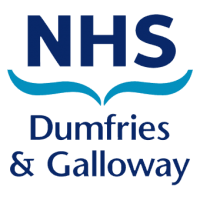
Good practice hints & tips
• Stop and think before you give antibiotics. Prescribe an antibiotic only when there is likely to be a clear clinical benefit
• Avoid broad spectrum antibiotics where a narrow spectrum agent will be effective
• Document indication and stop/review date in patient notes
• Review previous microbiology results: If resistant target organisms previously isolated (e.g. MRSA, ESBL, known resistance to empirical antibiotic choices), discuss antibiotic choice with Paediatric and/or Microbiology Consultant.

Review antibiotic therapy daily
• Stop?
• Switch? When clinically reasonable, consider switching from IV to oral
• Simplify? Review/rationalise antibiotics and change to narrow spectrum once microbiology results are available.
• State duration



